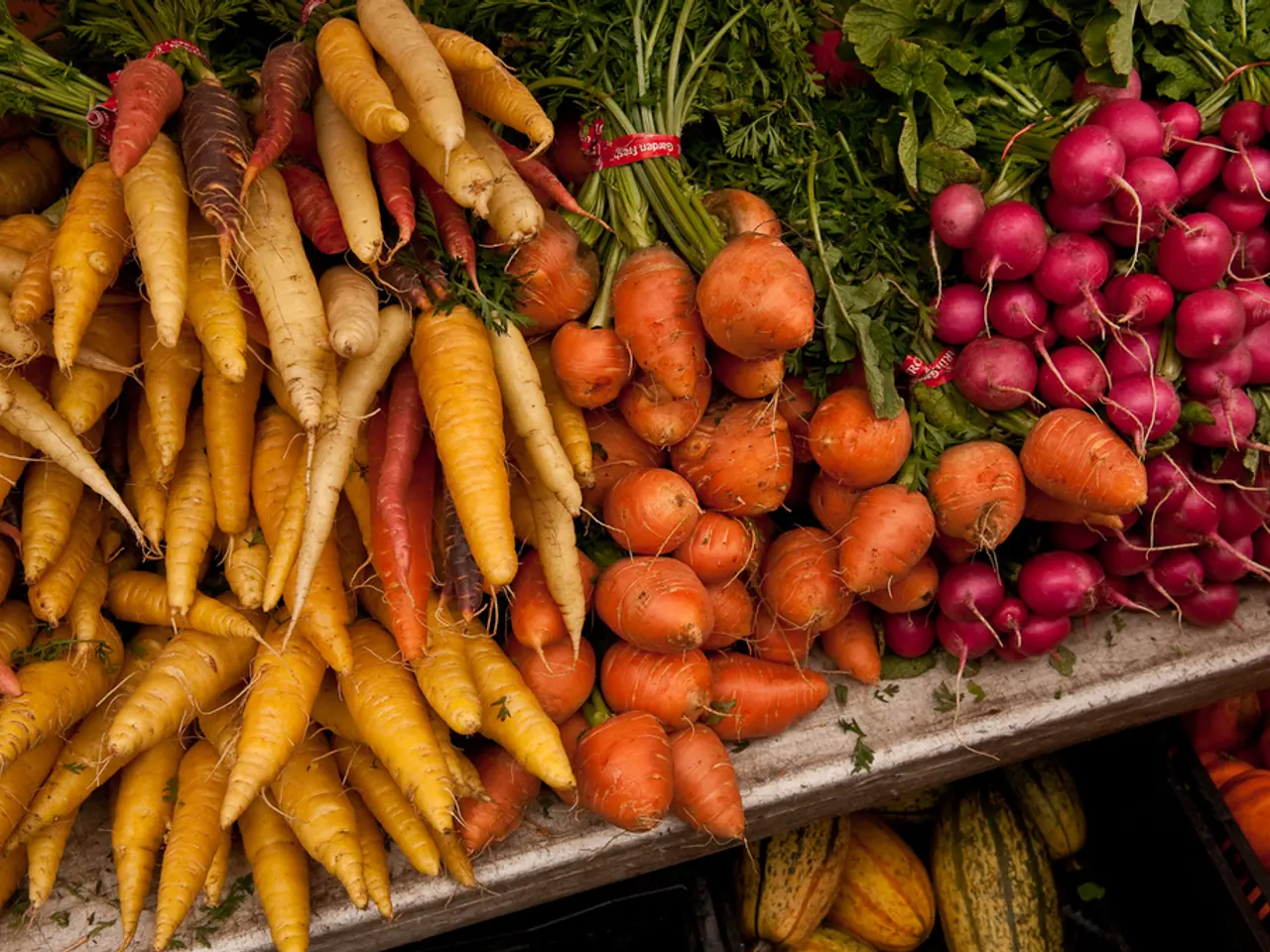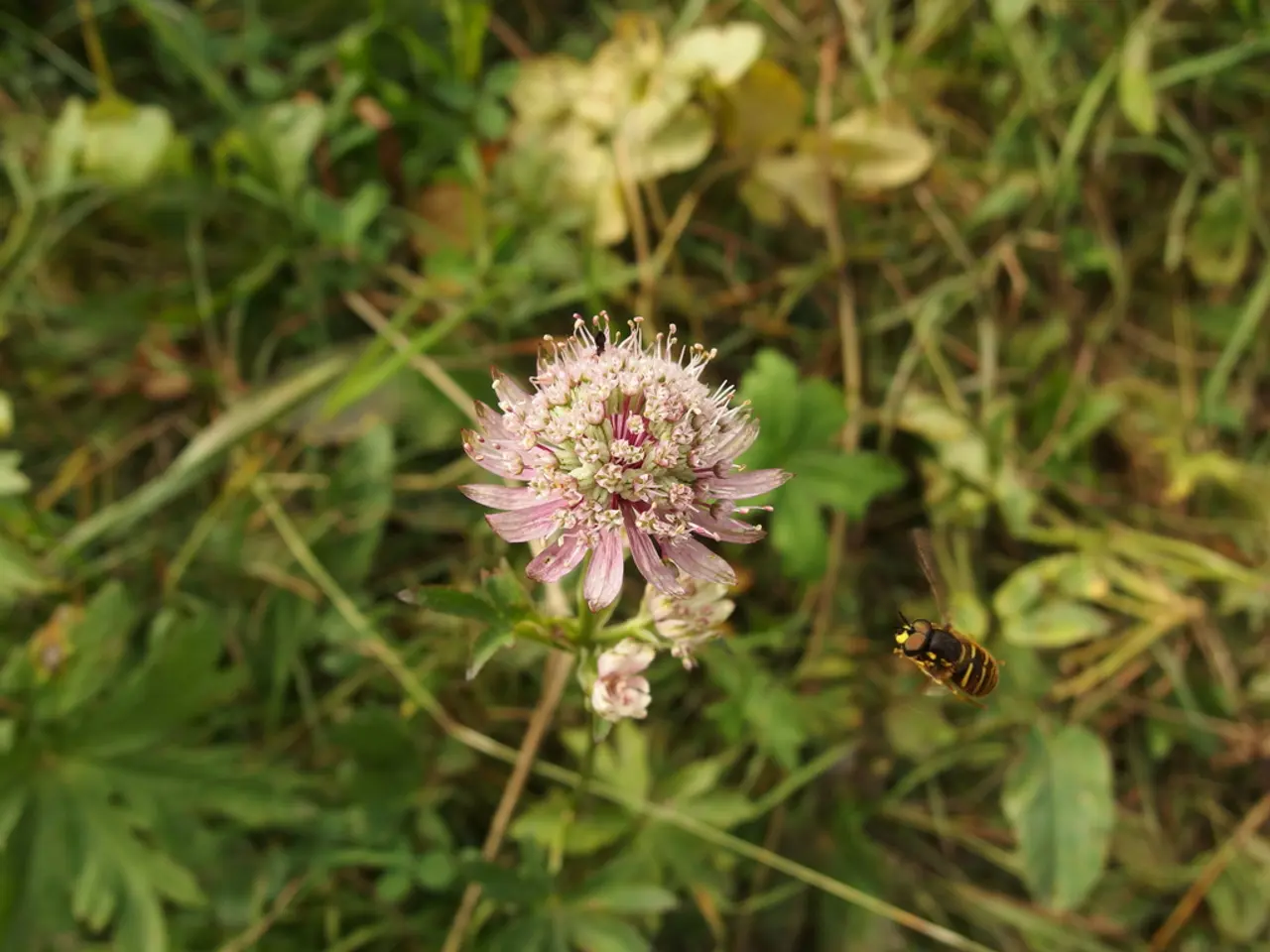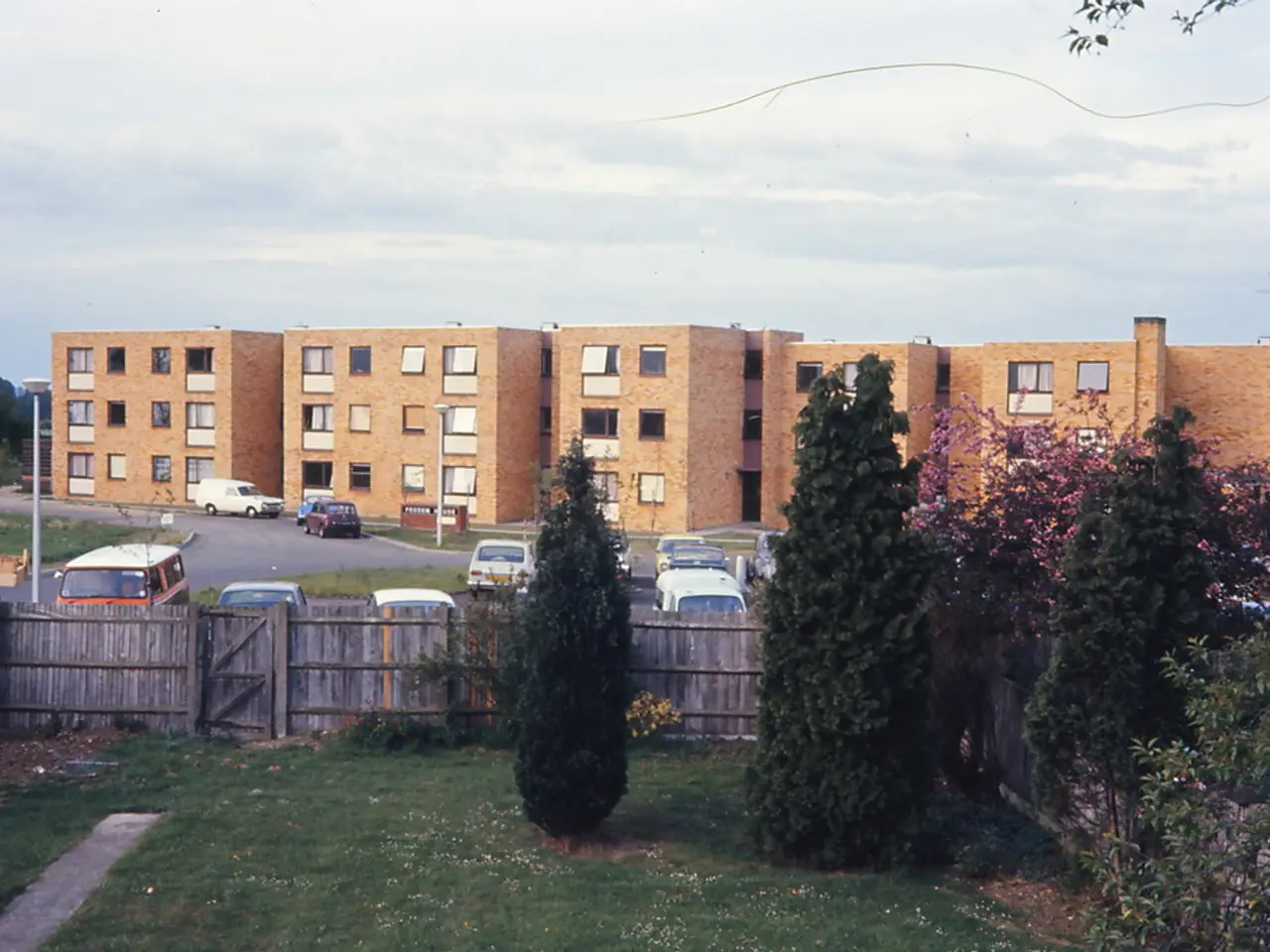Summer Garden Preparation Mistakes to Avoid - Learn from Professionals on How to Safeguard Your Yard for the Warm Season
Gardening in June: Common Mistakes to Avoid
As June brings vibrance to gardens, it's essential to be mindful of common gardening pitfalls. These mistakes, though generally reversible, can hinder the thriving growth of plants. By being aware of these mistakes, gardeners can take the necessary steps to avoid them.
In the busyness of June gardening, maintaining a summer checklist is vital to ensuring no important tasks are overlooked. Here are the top ten gardening mistakes to avoid during this month, along with guidance on prevention.
1. Inadequate WateringGardening involves more than just watering plants; it requires proper hydration techniques. As temperatures rise, ensure your plants receive adequate watering by watering deeply and consistently. It is better to give the soil a thorough soaking two or three times a week, as opposed to daily, shallow watering.
Deep watering serves to distribute moisture throughout the soil, enabling roots to follow, expand, and anchor the plants. On the other hand, shallow watering encourages roots to stay concentrated near the soil's surface, leading to less stable plants more susceptible to wind damage. Furthermore, be cautious not to overwater, especially in containers or heavy clay soils, to prevent rot andoxygen depletion.
Moisture meters, available on Amazon, can help monitor soil moisture levels, ensuring proper watering.
2. Improper Planting TimesJune is often viewed as a peak planting month; however, some varieties are best planted during the spring or fall when conditions are cooler and damper. For example, large plants like trees, roses, and climbers can be planted now, but they may struggle to establish well in drier conditions. Instead, wait for the fall to buy cheaper, bare-root plants.
Edible and ornamental plants like runner beans, tomatoes, and dahlias, however, can be added to the yard now, as long as they receive adequate watering.
3. Planting too Close TogetherA common error is planting too densely, which hinders plants' potential for growth by encouraging competition for resources like water, sunlight, and nutrients. Additionally, overcrowding reduces airflow around plants, making them more susceptible to fungal diseases like powdery mildew and rose black spot. It also provides a convenient pathway for pests to move from one plant to another.
4. Lack of Plant SupportTaller plants that provide height and grace to the garden may require additional support to withstand strong winds and heavy rain. Available from Amazon, there are various climbing plant support ideas to help keep your plants upright and stable. Whether the plants are edible or ornamental, it is important to get the supports in place before the plants become too large and unmanageable.
5. Overlooked Weeds and PestsDelaying weed control allows invasive weeds to capitalize on favorable summer conditions, outcompeting other plants for resources like water, food, and sunlight. Regular weeding is recommended to prevent unwanted plants from getting established. Organic gardeners can use tools like the Nisaku knife on Amazon to remove weeds without the use of chemicals.
6. Neglecting Plant FeedingJune is a time of rapid growth, so providing plants with the nutrients they require is crucial. If you regularly mulch and enrich the soil with compost, leaf mold, and well-rotted farmyard manure, your plants should already be well-nourished. In some cases, additional feeding may be necessary. A general fertilizer such as Miracle Gro Shake n Feed on Amazon can provide a broad, all-round feed to encourage strong growth, healthy roots, and leaves. Once buds form, choose a fertilizer high in potassium to promote flowering and cropping.
7. Greenhouse Plant NeglectDuring hot weather, greenhouse temperatures can soar, causing plants to wilt or suffer from leaf scorch. To keep your greenhouse plants cool, shade the greenhouse using washable shading paint or mesh to block the sun during the hot hours. Ensure good ventilation by keeping doors and windows open. Additionally, raise humidity by damping down the greenhouse floor, using saucers of water on shelves, or placing a tray of water under the greenhouse table.
8. Patio Container NeglectWith dozens of delightful ideas for planting up summer containers and baskets, it's easy to overlook their maintenance. Plants in confined spaces have limited access to water, leading to dehydration during dry spells. When confronted with prolonged dry weather, protect patio pots and water containers daily. Check their moisture levels, and water only if the compost feels dry. Additionally, feed potted plants regularly and deadhead them to encourage continuous flowering.
9. Mowing the Lawn Too ShortJune marks the beginning of hot weather, and your lawn may grow vigorously. Cutting grass in scorching temperatures can cause the soil to dry out, leading to erosion, bare patches, and the establishment of moss and lawn weeds. To protect the lawn, leave the grass slightly longer during hot weather, allowing the soil to retain moisture and the grass roots to remain protected.
10. Poor Self-CareGardening in the summer can expose you to excessive sun exposure and onset hay fever symptoms. Protect yourself by applying sunscreen, wearing long-sleeved shirts, and using a sun hat when gardening. Consider planting allergy-friendly flowers and washing your clothes before wearing them to reduce exposure to pollen.
FAQsQuestion: What about feeding the birds in June?Answer: In June, garden birds will be sitting on eggs and raising their broods. They will need a constant supply of fresh water and nutritious bird food to stay healthy and able to feed their chicks. While they will pick off pests from your plants, it is always good to supplement their diet with quality bird food like Kaytee All American Wild Bird Food on Amazon. Disinfect drinking bowls and feeders regularly to prevent the spread of disease, and remove uneaten food before it spoils or attracts vermin.
- A suitable home-and-garden lifestyle may combine gardening activities with lawn care. Regularly maintaining and fertilizing your lawn, such as leaving it slightly longer during hot weather, can help promote a healthier, greener landscape.
- To achieve a balanced lifestyle that includes gardening, it's essential to allocate time for various home-and-garden tasks, including gardening, lawn care, and gardening-related self-care. Incorporating gardening into daily routines can provide a sense of well-being and satisfaction, while also enhancing the home's aesthetics and increasing curb appeal.








